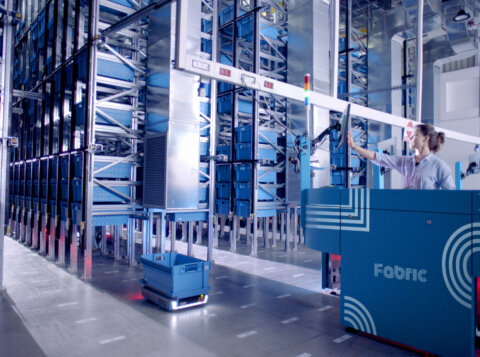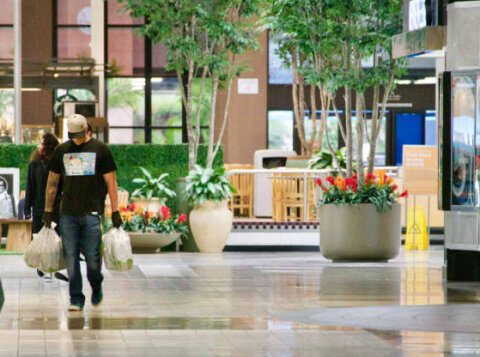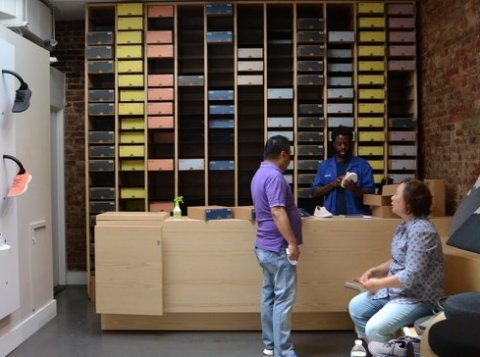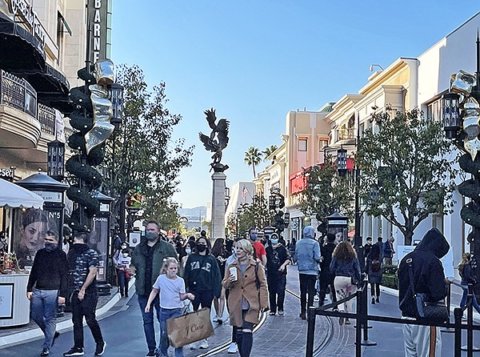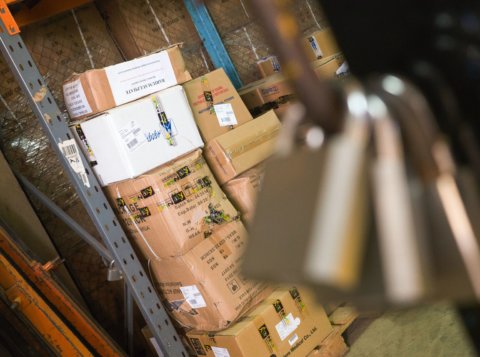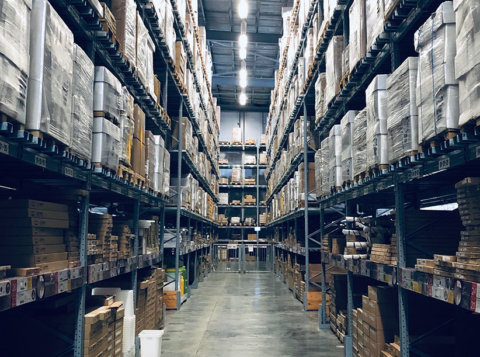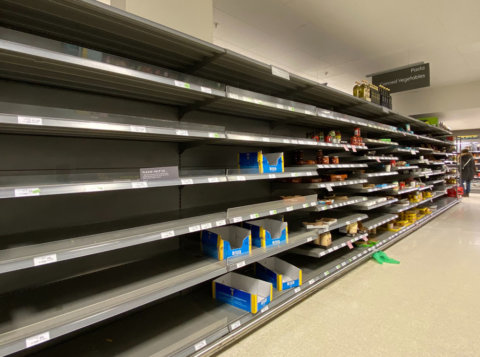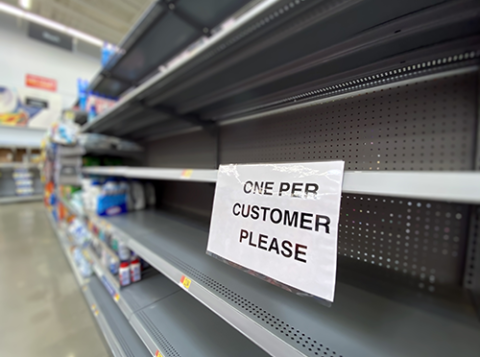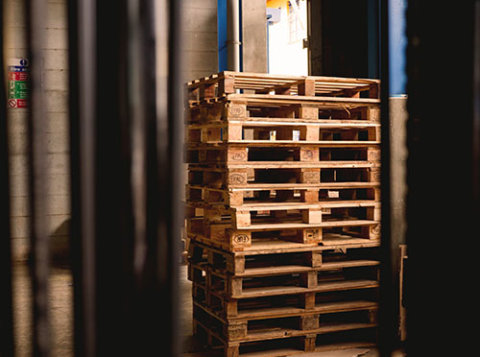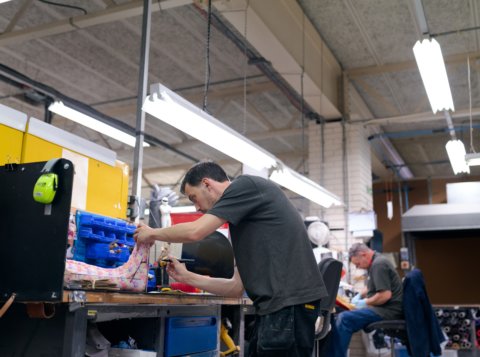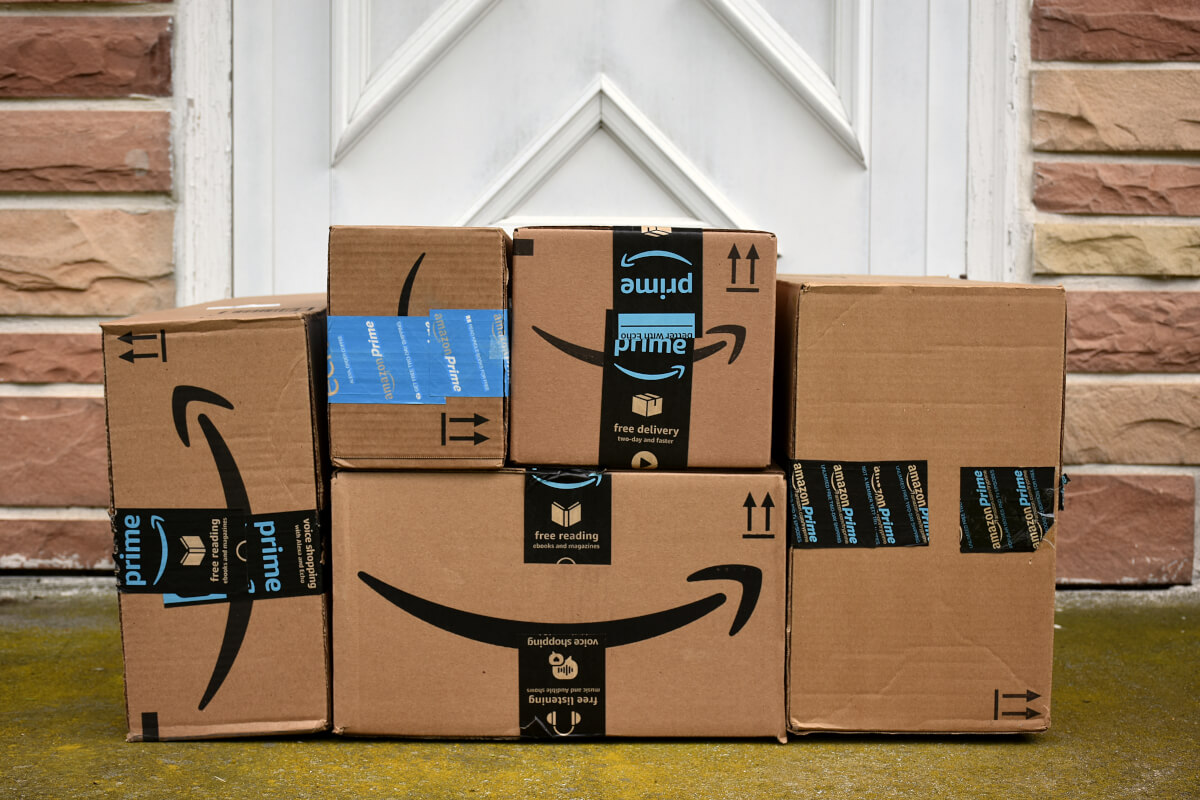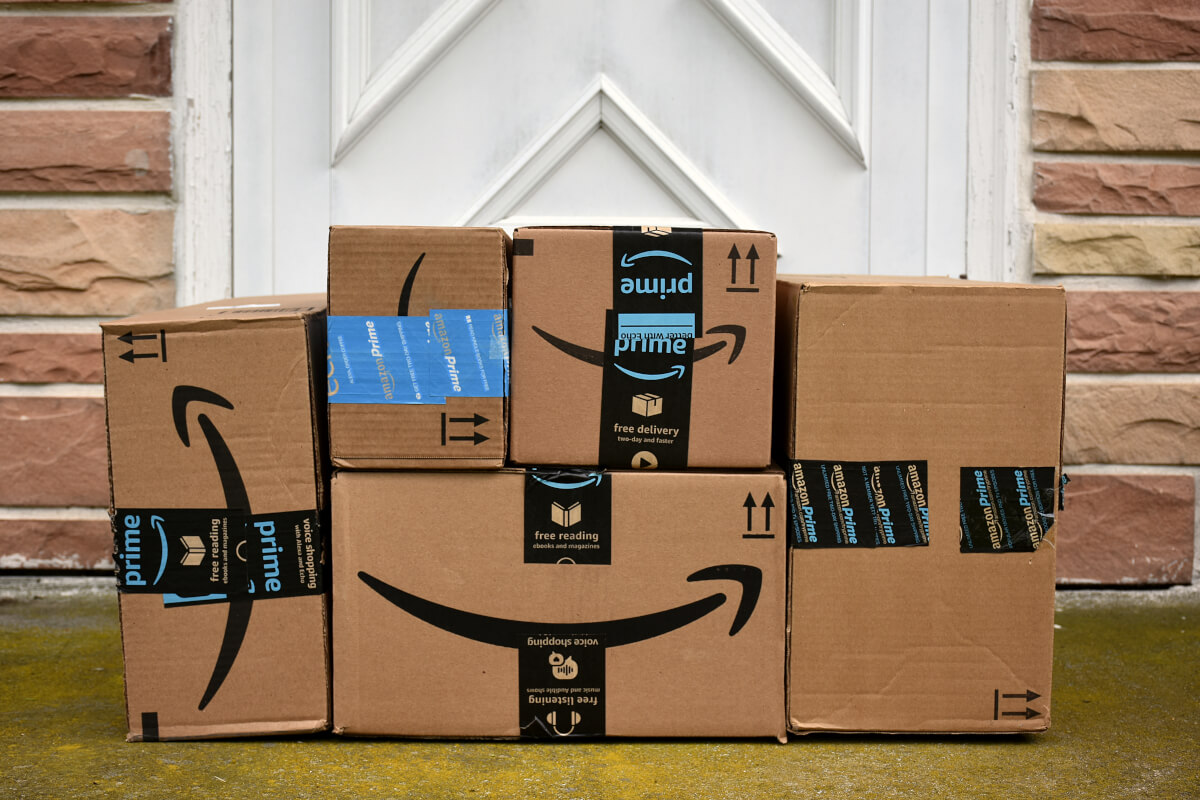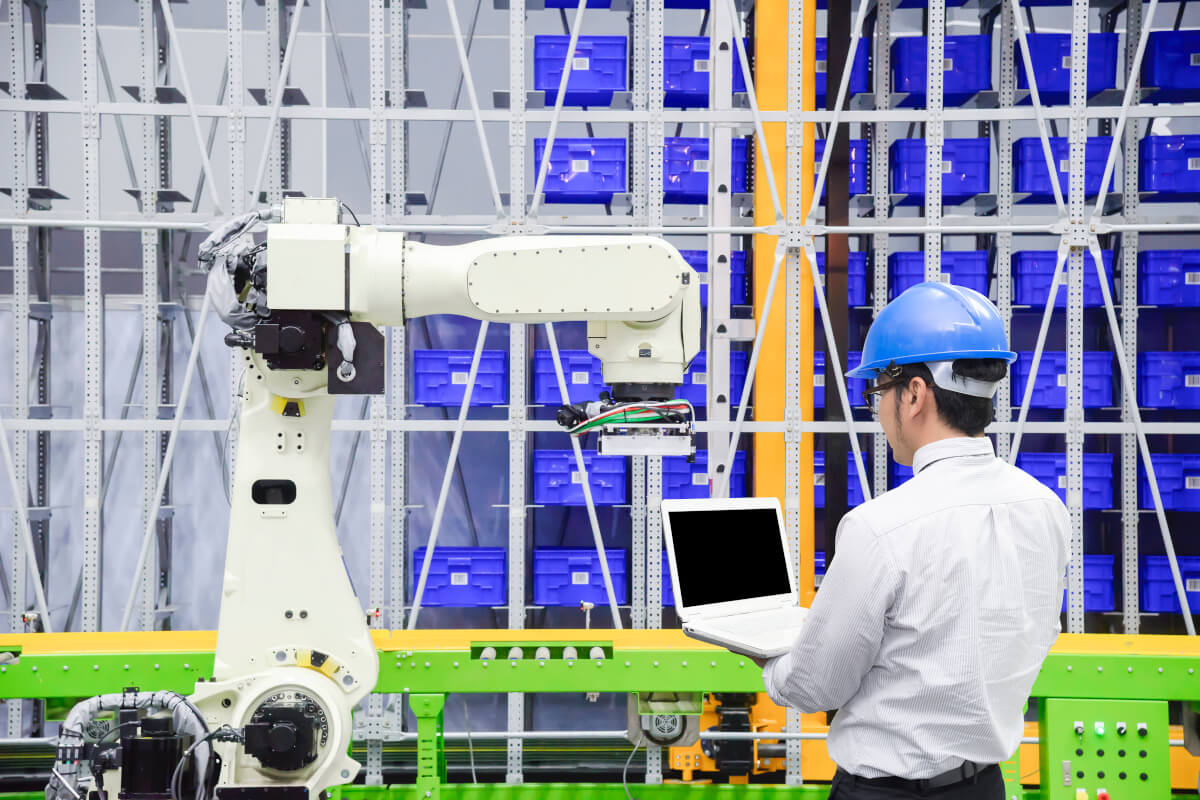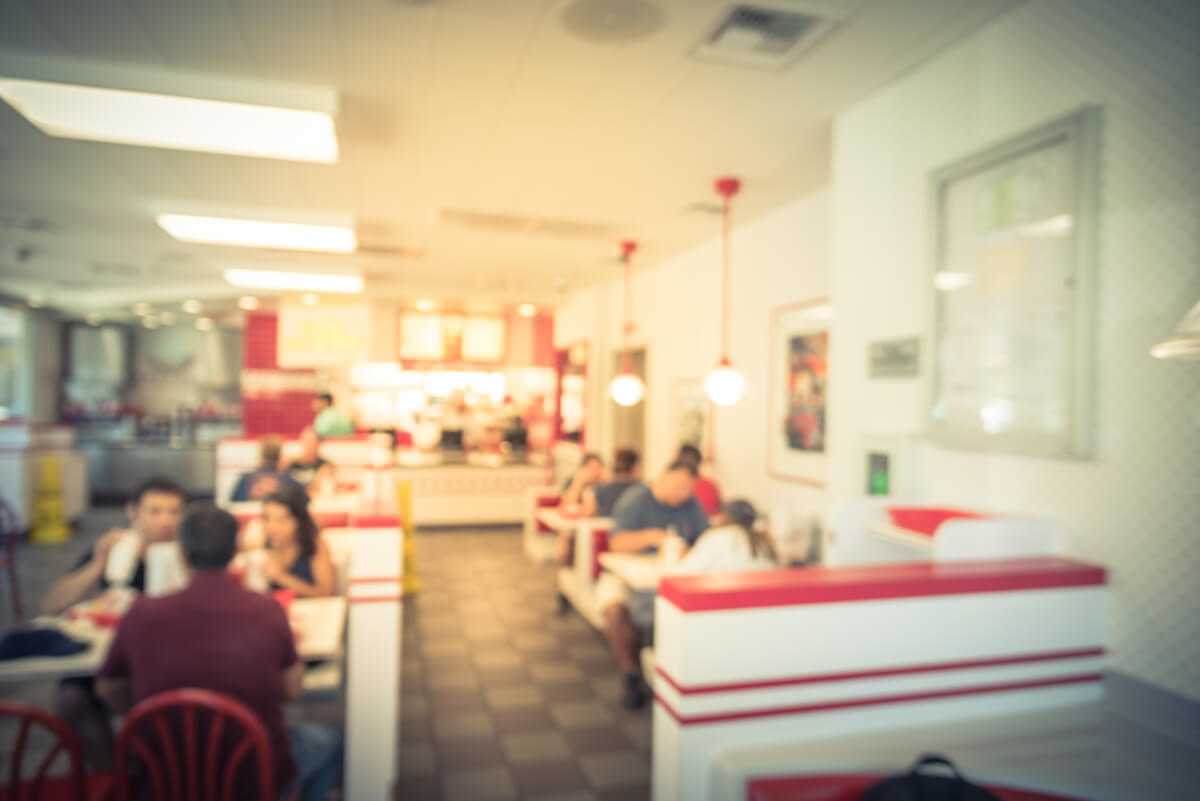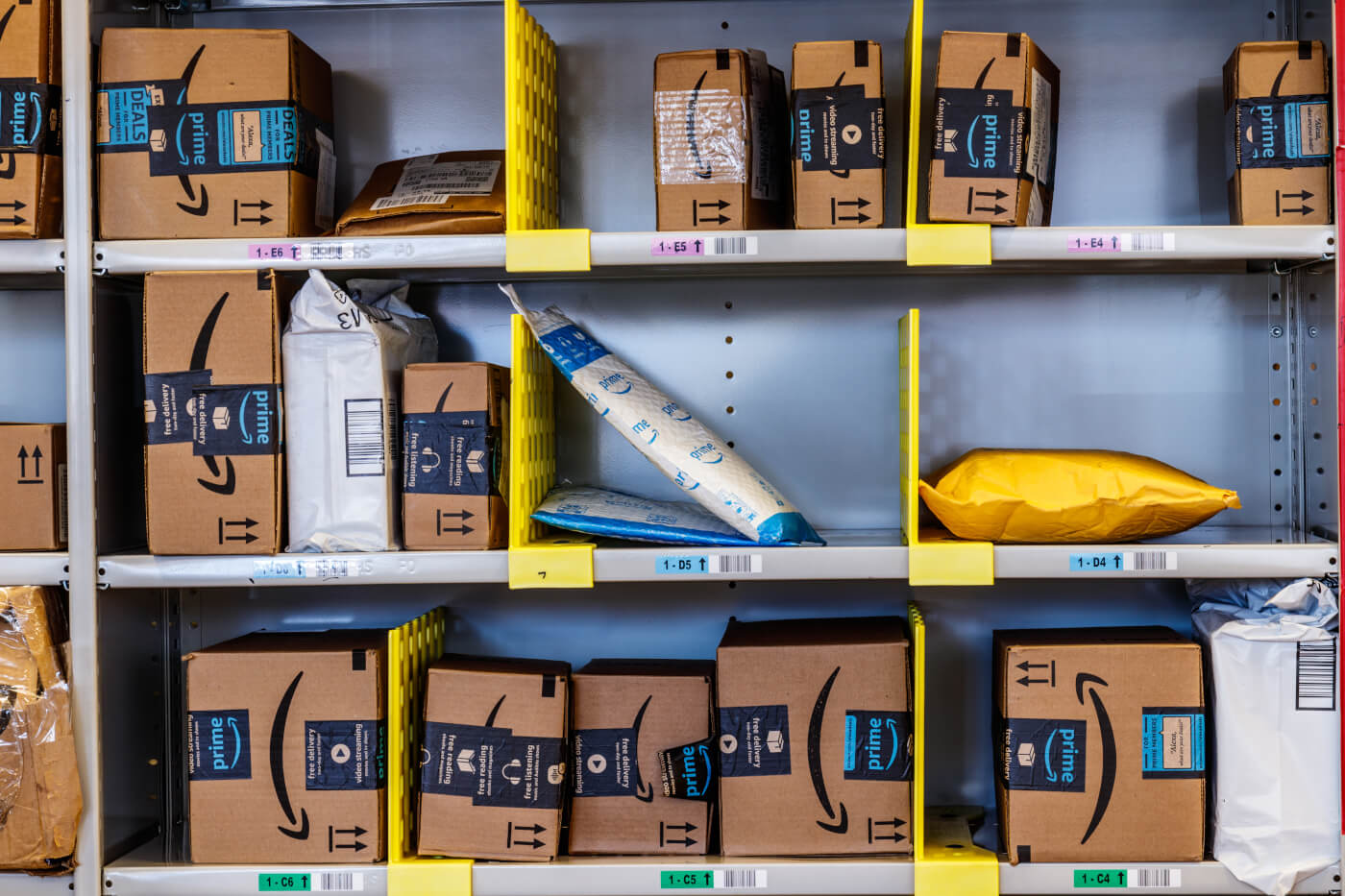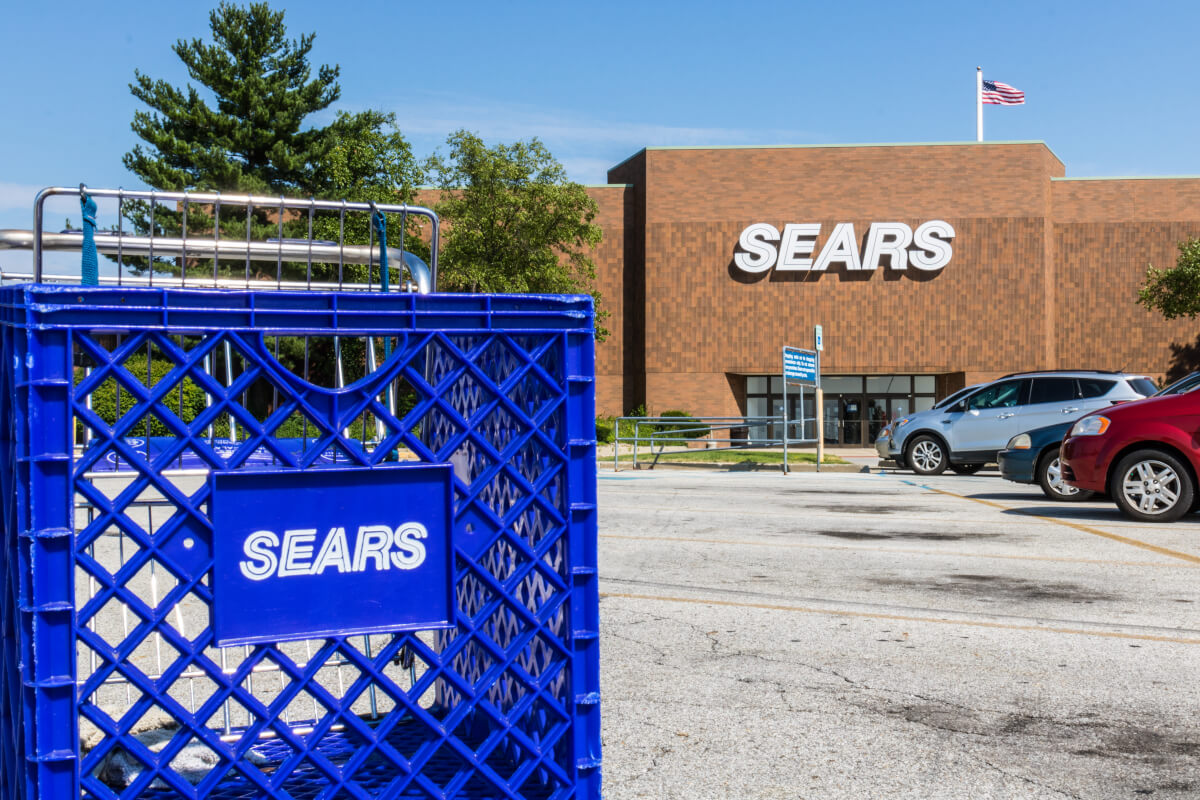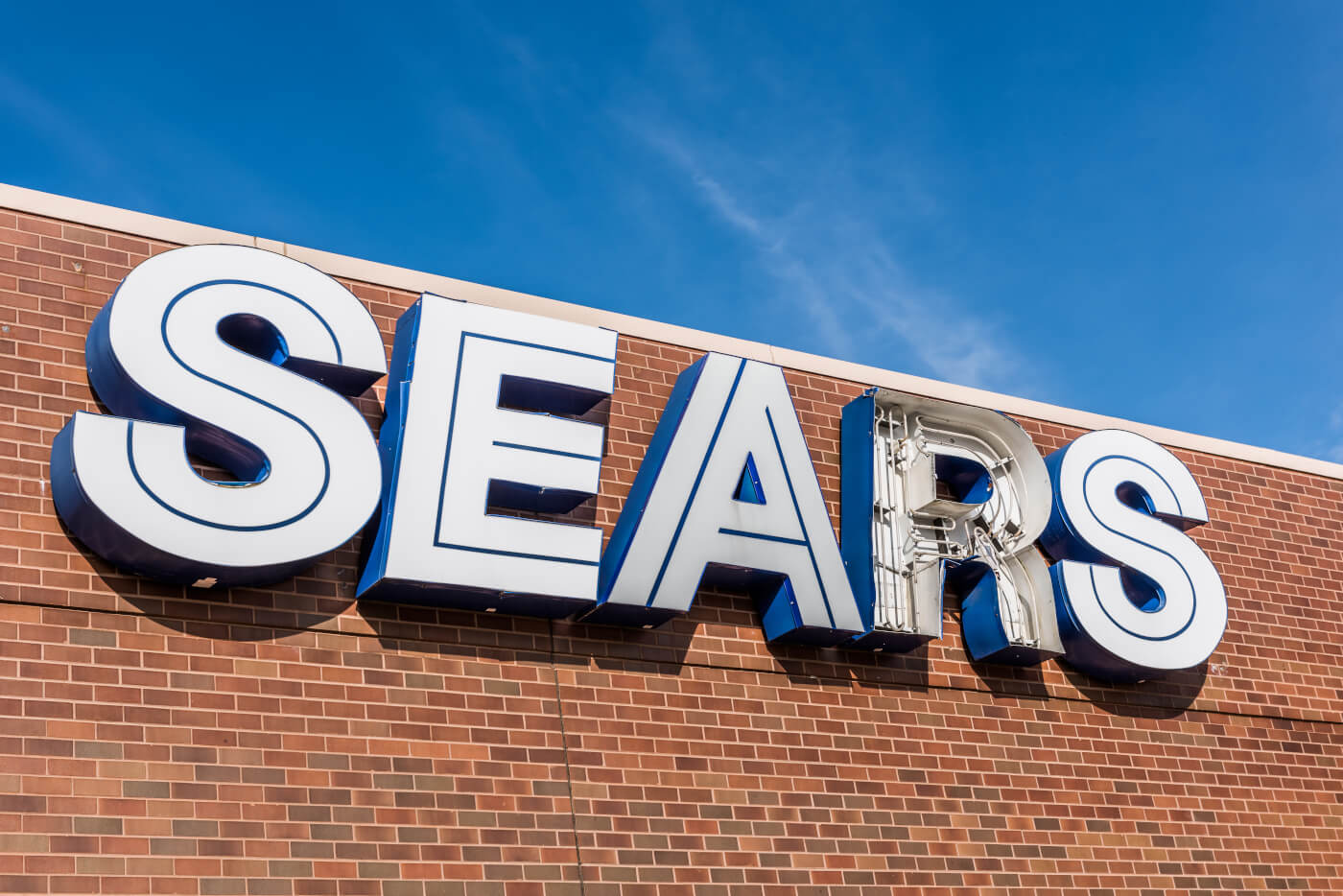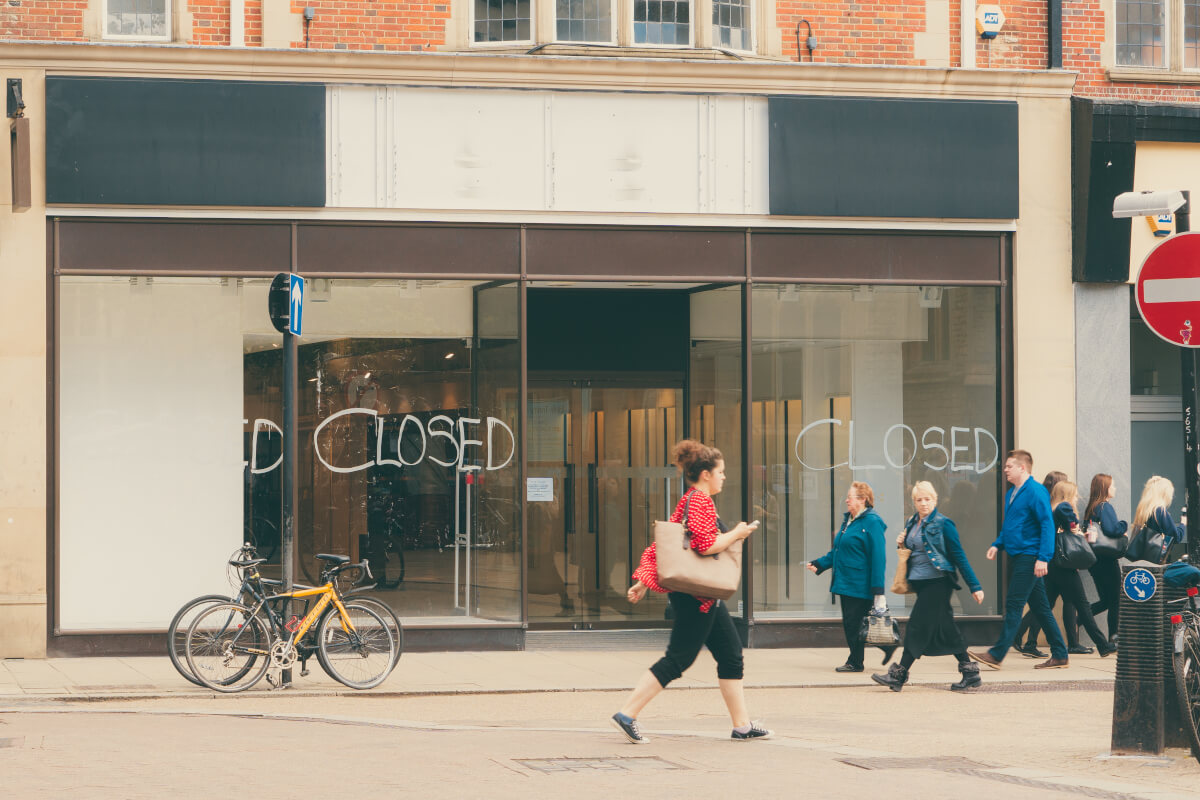Amazon Turns Shopping Malls Into Warehouses, Changing America’s Community Landscape
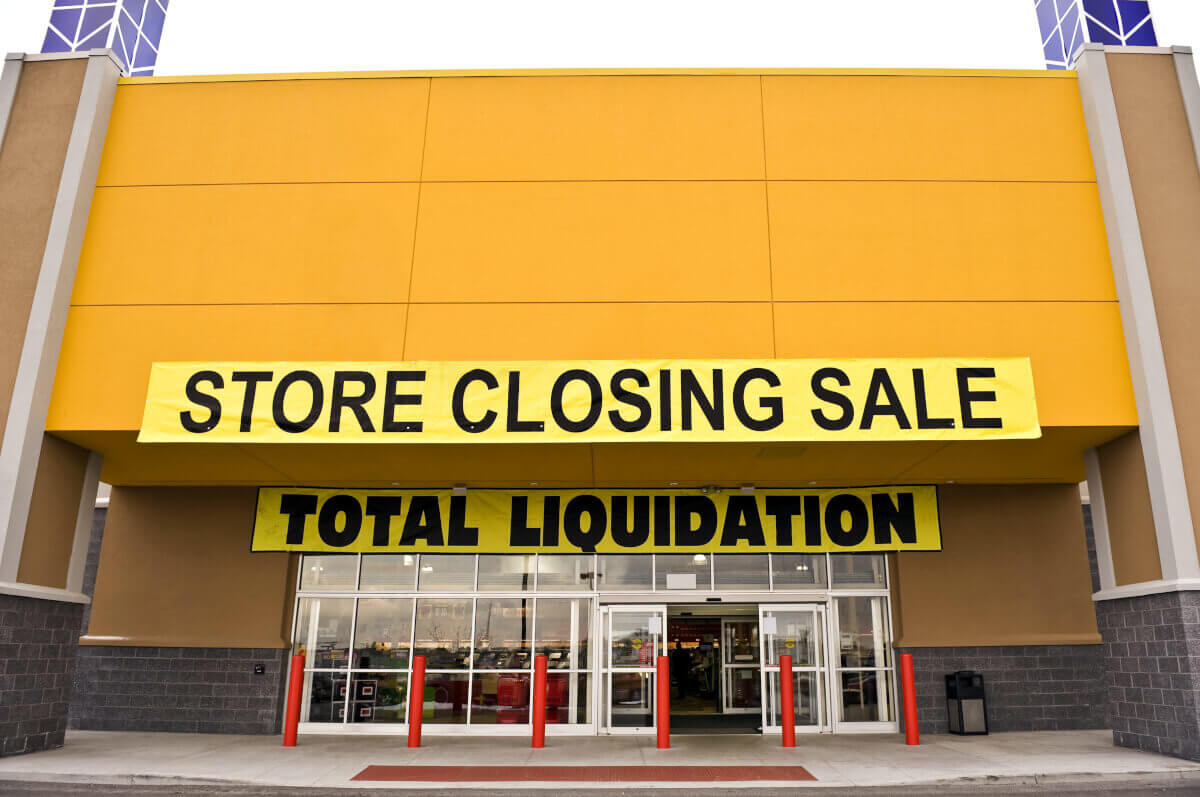
After helping drive local shopping malls toward collapse, Amazon is coming back to finish the job: turning them into warehouses.
That’s according to scores of reports in recent years, including one early this month published in the Wall Street Journal, discussing how Amazon keeps on turning old malls into fulfillment centers in Northeast Ohio.
Apparently, this strategy makes a great deal of sense for Amazon, as it pushes customer experience to new limits, according to Sean Maharaj, managing director in the transportation logistics and retail practices of AArete.
“While at a surface level, this appears simply to be about converting shopping malls into warehouses to strengthen Amazon’s supply chain and physically position the retailer closer to customers (both rural and urban) for same or next day delivery, the move has all the hallmarks of Amazon’s DNA,” says Maharaj. “It’s yet another example of its creative, disruptive and innovative mindset. The advantage play comes in many forms, but most importantly, pushing customer experience to new limits.”
Amazon’s strategy of converting shopping malls into warehouses is another effective way of competing with brick and mortar retailer giants like Walmart and Target.
“As Walmart races to catch up to Amazon technologically, Amazon is racing to catch up to Walmart in brick and mortar logistical know-how, as well as physical locations it can use as fulfillment centers for its recent one-day shipping promises,” says Eli Finkelshteyn, CEO and co-founder of Constructor.io. “Currently, Walmart is pressing its physical presence advantages and new e-commerce abilities with programs like curb-side pick- up, and Amazon knows it needs to gobble up physical locations quickly to catch up.”
Harry Chemko, CEO of Elastic Path, agrees, but he thinks it’s a temporary solution. “It’s easy to pay attention to Amazon purchasing mall property, especially given the irony that Amazon has been a big factor in many malls failing, but it’s nothing more than an easy, interim solution for the internet giant. The long-term solution? Autonomous semi-trucks, according to Chemko. “In the future, supply chains will see their biggest disruptor to come and it won’t come from warehouses. Autonomous semi-trucks will not only transport products. They will create a mesh network of moving warehouses, and this network will redefine last mile delivery.”
At any rate, Amazon’s strategy could be good for consumers, according to Finkelshteyn. “At the end of the day, consumers demand more instant gratification, and having physical presence near them is a huge leg up in delivering the products they want faster.”
But it may not be good for local communities. Shopping malls aren’t just places to buy or things. They are community centers, part of traditional American life, places to spend time outside home on weekends and evenings, browsing new merchandise and running into friends and neighbors. That can explain the affinity for these types of stores shared by Americans.
Turning shopping malls into warehouses will change America’s community landscape.
Still, things may not end up be as bad as they sound. Amazon may end up turning local shopping malls to showcases or experience centers rather than warehouses, according to Maharaj.
“ There remains an option for Amazon to convert these near market spaces into customer showcases and/or experience centers,” he says. “This is what customers and shareholders have all come to expect from Amazon, as the clear leader in strategic disruptive thinking in every industry it touches.”
America’s community landscape will be transformed to adjust to new technology and consumer demands, but it won’t vanish.


